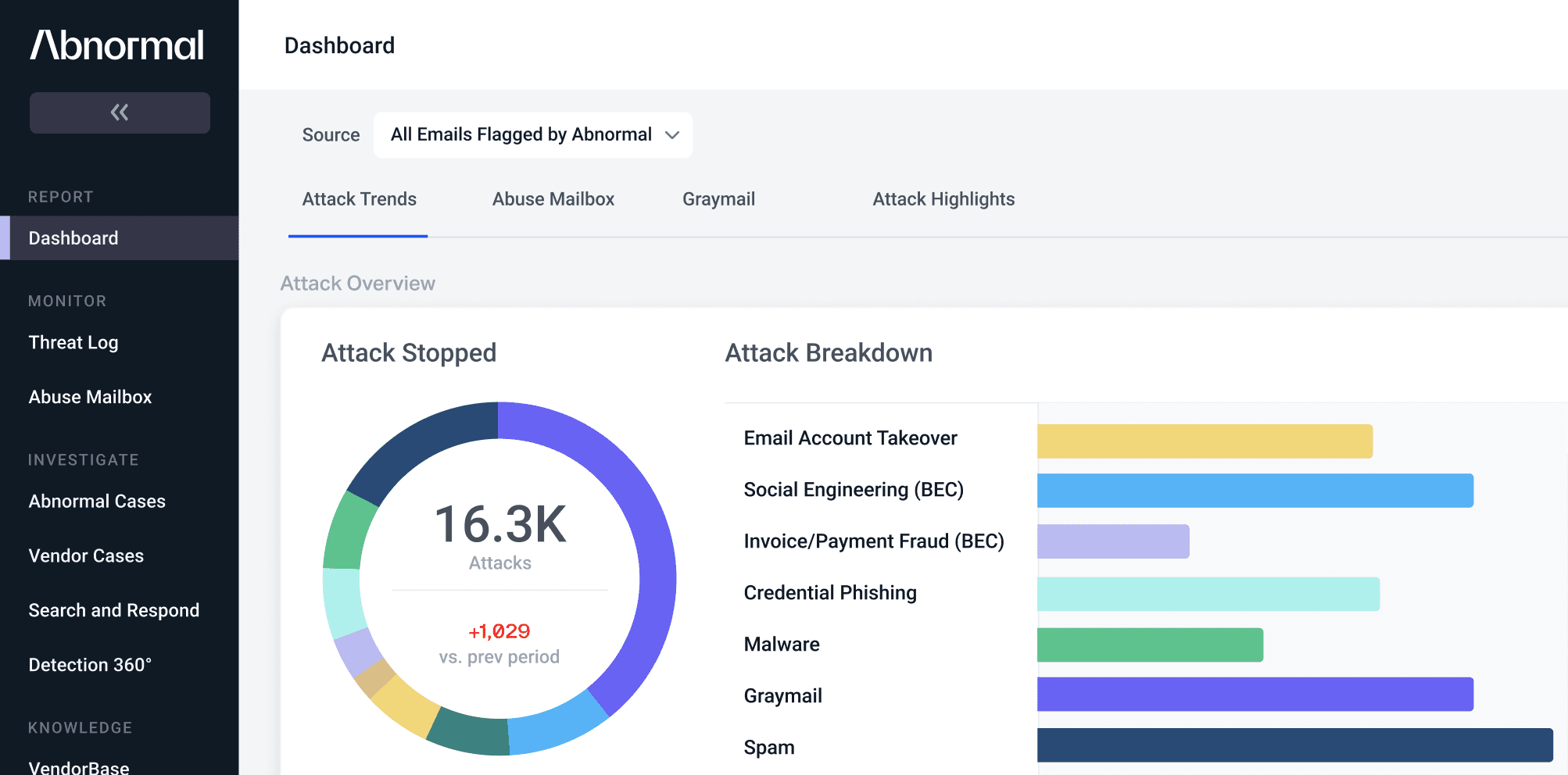The Weakest Link in the Chain is Growing Weaker: Anticipating the Effects of Employee Stress and Fatigue on Cybersecurity
Since well-known hacker Kevin Mitnick helped popularize the term 'social engineering' in the 1990s, both physical and cybersecurity professionals have become increasingly aware of the risks associated with the human element. The idea itself, and many of the techniques associated with social engineering, have been around as long as there have been scam artists.
But today an online trickster can wreak havoc for individuals and organizations with greater ease and efficiency than ever before. That hackers exploit common psychological vulnerabilities to compromise network security or steal funds is not news. What is news is how those vulnerabilities are changing, and how they will reshape the cybersecurity landscape for the foreseeable future.
The Evolution of Social Engineering through the Pandemic
By exploiting human nature through fear, the illusion of urgency, scarcity or familiarity, or simply the default human tendency to trust others, hackers have continued to repurpose well-worn tactics to convince unsuspecting users to follow their directions. Whether that has meant sending funds or providing credentials, hackers have continued to use simple psychological techniques to fool even attentive individuals at both home and at work. The ability of hackers to get past our technological and human defenses can be surprising and frightening, as well as costly.
Making matters worse, hackers have recently discovered another exploitable human vulnerability: stress. Social, political, and economic instabilities dominate daily newscasts, and trust and confidence in authorities, as well as in our neighbors and coworkers, has been badly shaken.
Work-related stress, exhaustion, cynicism, and negativity have surged during the pandemic, with 42 % of women and 35% of men in the United States saying that they feel burned out often or almost always in 2021. Baseline behavioral health has significantly declined during the COVID-19 pandemic, and employees are still discovering how to work in a remote-first world. Distraction, stress, and fatigue all play a role in an employee’s cybersecurity decisions and increased levels can leave individuals and organizations more vulnerable to cybercrime.
The Connection Between Stress and Cybersecurity
Stress affects concentration, short-term memory, decision-making, problem-solving, and impulse control—all behavioral factors that can increase vulnerability. Opening the wrong email attachment or clicking on the wrong link when someone is frazzled can have catastrophic consequences. It is important to recognize the important behavioral reality that, as stress increases, situational awareness and vigilance decrease, and executional errors increase. There is little denying that human errors are the leading cause of security breaches, despite increased attention on the issue.
The risk of an outsider threat also increases as hackers realize that employees have their guards down due to emotional exhaustion or pandemic fatigue. Anger or resentment about an organization’s posture on vaccines, masks, or other health or social and political issues can increase the risk of an outsider threat. Employees with a real or perceived grievance may feel justified in striking back through a malicious action, alone as an insider, or be more open to working with an external threat actor who recruits them for espionage or sabotage.
Cybersecurity in a Post-Pandemic World
Unfortunately, the behavioral health consequences of the pandemic are just beginning to surface and will likely emerge to be as great or greater than the challenges of managing the medical risks of COVID-19. The American Psychological Association’s annual Stress in America poll indicates that the COVID-19 pandemic has already resulted in significant mental health distress with nearly half (48%) of those surveyed stating that their level of stress has increased compared with before the pandemic.
And the emotional toll of the pandemic is also likely to linger. While hackers have taken note of the gradual wear and tear on people’s defenses, and have sought to exploit these emerging human vulnerabilities, they may not yet be fully aware of their long-term potential. The behavioral consequences of this crisis will likely continue for several years after the public health threat has abated.
Protecting the People from Themselves
People are the weakest link in the cybersecurity chain. That link was already weak simply due to innate cognitive and behavioral traits that are just part of human nature. That said, it is increasingly important for anyone concerned with cybersecurity to recognize that this link has grown weaker under the stress of the pandemic and related socio-economic challenges, and that it is likely to grow weaker yet over the next months and years.
In addition to working with partners, including human resources and employee assistance professionals, to better support our employees, it will be necessary to use technology to protect the human element. By using the advanced strategies and technologies to recognize and block malicious attempts to exploit our employees, we can better protect them, and our organizations, from harm.
To learn more about the human element in cybersecurity, download A Perfect Storm for Social Engineering: Anticipating the Human Element in Post-Pandemic Cybersecurity.
See the Abnormal Solution to the Email Security Problem
Protect your organization from the full spectrum of email attacks with Abnormal.

